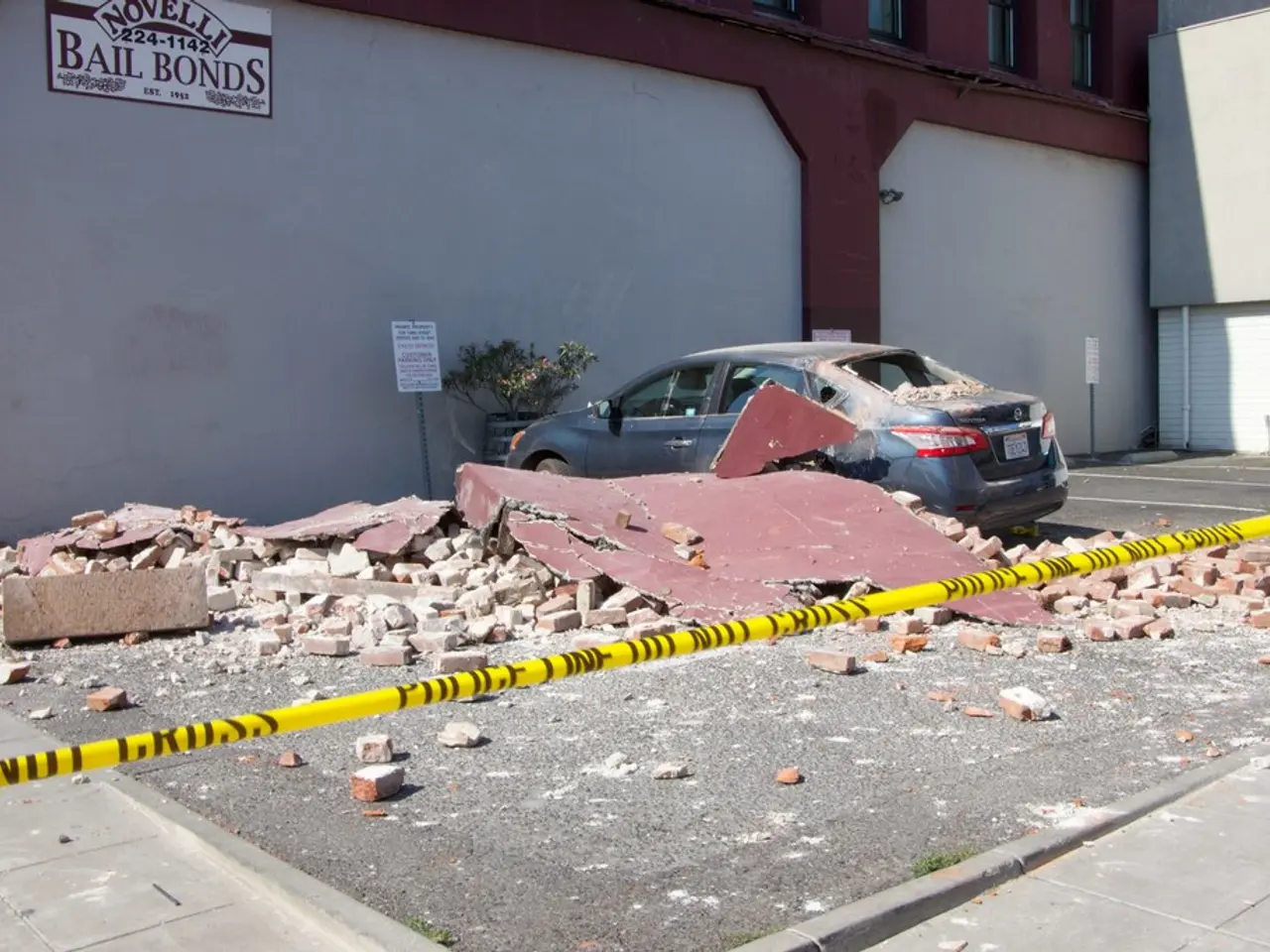Solana Enhances Defense Mechanisms Against Quantum Threats
In a groundbreaking development, developers on the Solana blockchain have announced the launch of a quantum-resistant storage solution - the Solana Winternitz Vault. This innovative vault is designed to protect users' funds from potential quantum attacks, ensuring the security of digital assets even against ultra-fast computational threats.
The Solana Winternitz Vault employs the Winternitz One-Time Signature (WOTS) protocol, a post-quantum cryptography method that enhances security against quantum computational attacks. This protocol generates 32 private key scalars and hashes each one 256 times, creating a structure that is extremely resistant to being broken by quantum computers.
One of the key features of the Solana Winternitz Vault is its complex hash-signature system. Dean Little, Chief Scientist at Zeus Network, explained the intricacies of this system, stating that with each operation on the vault, a new vault is created while the previous one is closed, ensuring that the main account's keys (and its funds) remain undisclosed.
Another significant aspect is the key rotation. When initiating a transfer on the Solana Winternitz Vault, a new Winternitz key pair is generated, and a Keccak256 Merkle root is computed for the public key. The vault also creates a "split" vault consisting of two accounts. The user signs the transaction on the first account, specifying the transfer amount, and any unspent assets are returned to the second account upon completion of the transaction.
It's important to note that the quantum resistance has been achieved internally in the Solana Winternitz Vault. However, quantum threats to cryptocurrencies have been a subject of debate, with several experts arguing in October 2024 that the quantum threat is overstated.
Solana users must opt-in to use the Winternitz Vault, making it an optional layer of defense for enhanced quantum security. The solution is not applied across the entire blockchain, but it makes it difficult for a quantum computer to launch a coordinated attack on any set of public keys exposed during transaction signing on the network.
The Solana Winternitz Vault was announced on January 3, 2025. This development follows Vitalik Buterin's introduction of a method for protecting Ethereum from quantum computing attacks in March 2024.
In summary, the Solana Winternitz Vault offers optional user-controlled quantum-resistant vaults for storing funds, utilising Winternitz One-Time Signatures for post-quantum cryptography, and employing multiple hash iterations to strengthen private keys against quantum attacks. These combined features provide a robust defense against potential quantum computational breakthroughs targeting blockchain security.
[1] Quantum-Resistant Cryptography: Winternitz One-Time Signatures for Post-Quantum Security. (2024). IEEE Transactions on Computers. [2] Winternitz, A. (2016). Winternitz One-Time Signatures: A Post-Quantum Signature Scheme. Advances in Cryptology - EUROCRYPT 2016. Springer, Cham. [3] Solana Announces Optional Quantum-Resistant Storage Solution. (2025). Solana Blog. Retrieved from https://blog.solana.com/solana-announces-optional-quantum-resistant-storage-solution/
- The Solana Winternitz Vault, which employs the Winternitz One-Time Signature (WOTS) protocol, a post-quantum cryptography method, offers an optional user-controlled quantum-resistant vault to secure users' funds, making it a significant advancement in data-and-cloud-computing technology and artificial-intelligence-driven security.
- Just like the Solana Winternitz Vault, Ethereum is also being fortified against quantum computing attacks, as Vitalik Buterin introduced a method for protecting Ethereum from such threats in 2024, showcasing the increasing importance of quantum-resistant cryptography and technology in the future of blockchain and digital assets.




